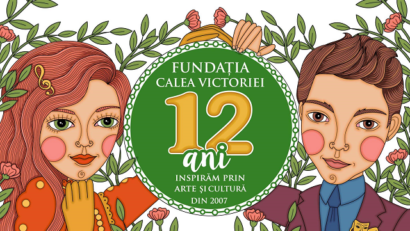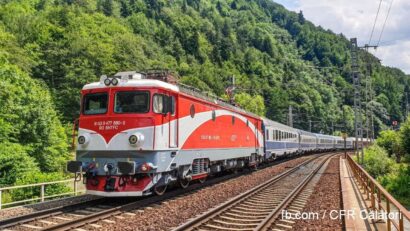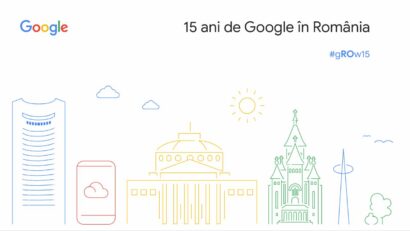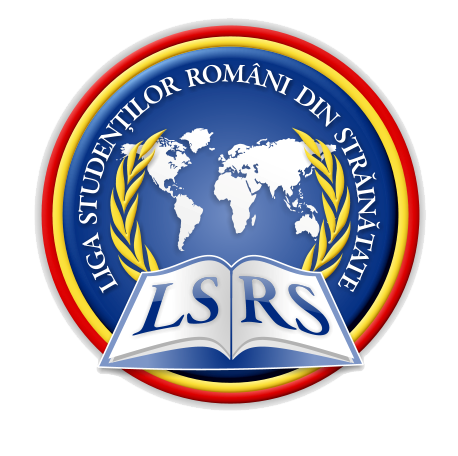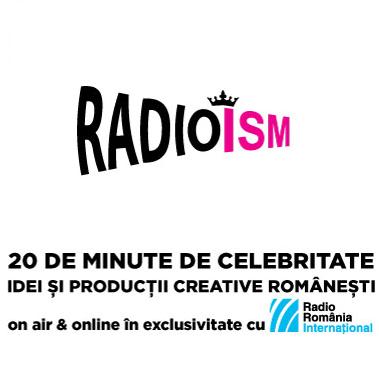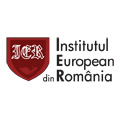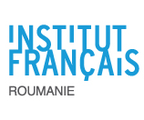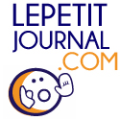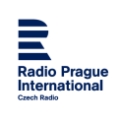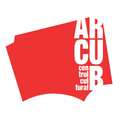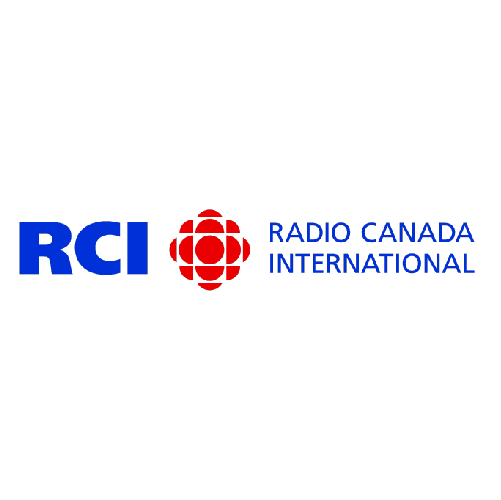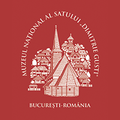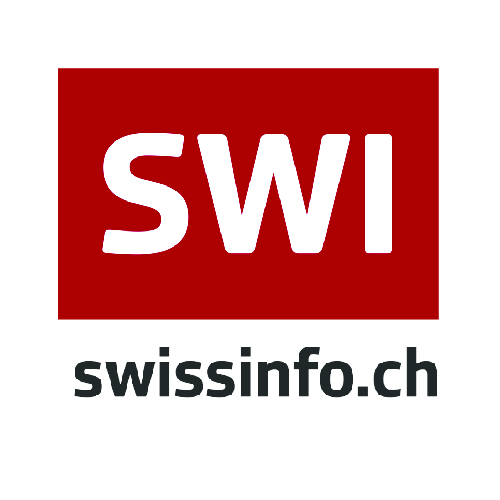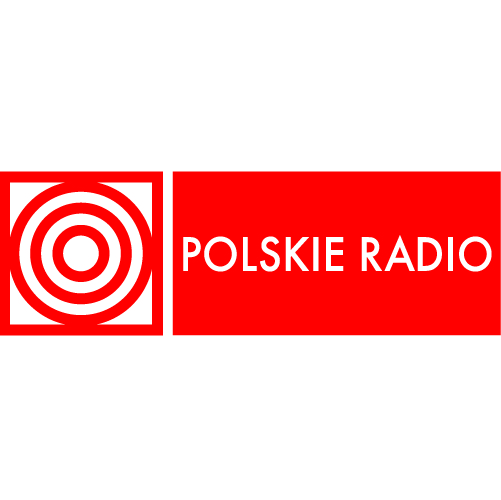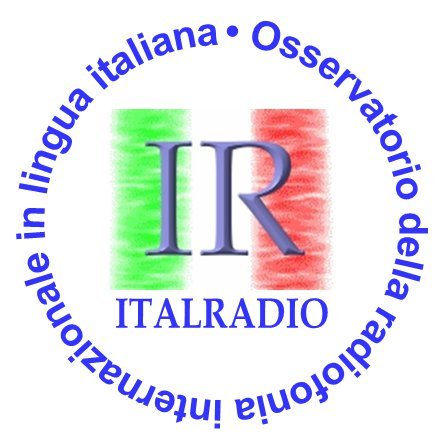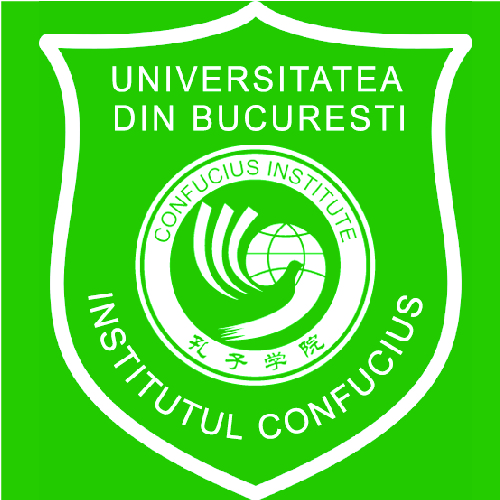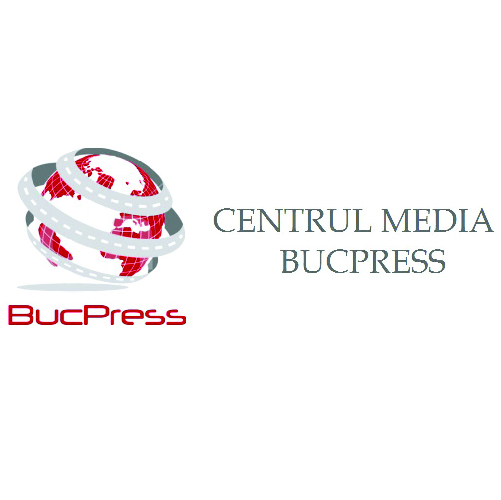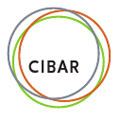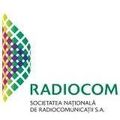History revisited
How "Nordic Insights" helped change community perception on works of art in general.
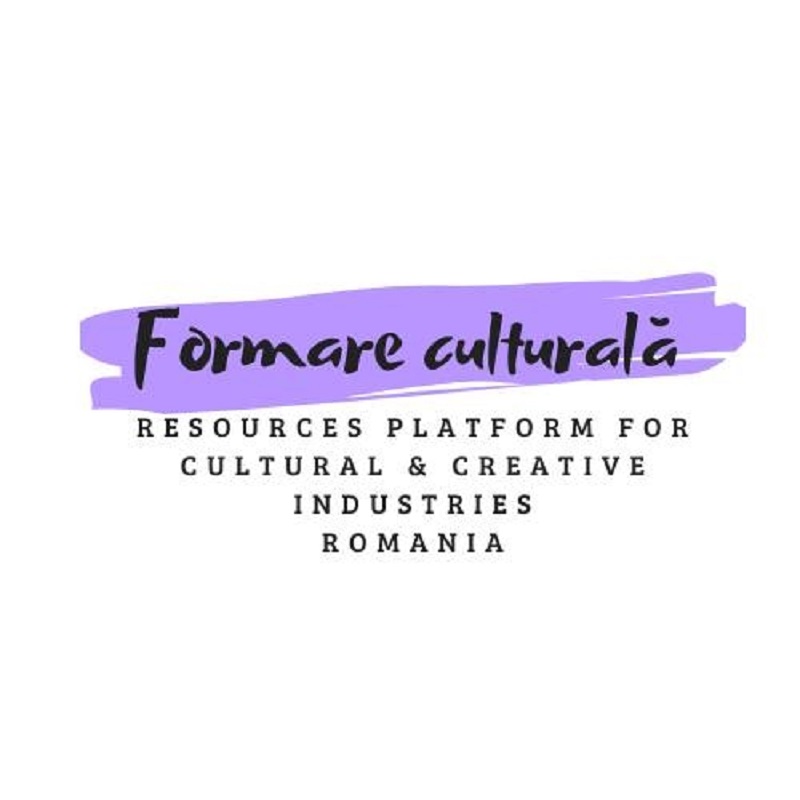
Ana-Maria Cononovici, 03.06.2025, 14:00
The Romanian Cultural Training Platform announces the launch of the project “Nordic Insights: addressing cancel culture in public spaces through artistic dialogue and cultural innovation”, a transnational project addressing controversial historical narratives in the public space in Romania and the Republic of Moldova. The project runs until January 31, 2026 and brings together experts from Denmark, Sweden and Latvia alongside specialists from Romania and the Republic of Moldova.Oana Năsui, a cultural researcher and manager of the “Nordic Insights” project, told us why she felt the need to initiate such a project: “For several years, I was personally concerned with this concept of “cancel culture”, the methods by which, particularly in social media, people had chosen to “cancel”, to cancel certain people because of principles they have voiced publicly. Some reactions are quite aggressive, as I have observed in recent years in the virtual public space. There followed a study on this topic and a participation in a History Festival in Romania, and from discussions with historians and collaborators, with whom we work on our Postmodernism Museum platform, we came up with this outline, these ideas regarding art in the public space and citizens’ reactions to certain works or works of public art, reactions that seem unexpected.”
Oana Năsui provided with us with additional information regarding “Nordic Insights”.
“I can give you an example that really marked us: in 2021, a sculpture by Samuel Von Brukenthal was unveiled in the Great Square of Sibiu. It is a figurative work, a representation of the person as such, it has nothing symbolic. After the unveiling, there were some reactions regarding the appropriateness of that sculpture in the public space and a so-called act of vandalism followed: somebody threw a splash of paint on that sculpture. I say “so-called”, because we try to look at people’s reactions a little more broadly, beyond the fact that they damaged a public asset, for which the person in question was actually fined; we see it more as a signal from civil society in general. And it seems that the problem with the presence of this sculpture in the public space was the direct connection that Samuel Von Brukenthal allegedly had with Horea, Cloşca and Crişan. He may have had a direct involvement in their capturing and killing. Why now, after so much time, do people react and why do they react in such a narrow context, especially since we cannot ignore the fact that Brukenthal left the Palace and an impressive collection and the museum is one of the oldest in Romania? We would actually open discussions about why people act like this, and why after so much time? In fact, it is about some historical narratives, which can be activated in certain contexts”.
The main activities of the project include an extensive research phase on controversies related to public monuments, knowledge transfer interviews with Nordic experts, three virtual discussion panels where participants can exchange views.
“We have online roundtables, we have interviews, we have studies presented by certain experts on this topic, studies we will also compile in a digital volume, which we will distribute later. What we found interesting to add to this project is an action plan. The idea of these panels, studies and interviews is to gather qualitative information. It’s important to learn the important opinions from professionals in the area and beyond, because anyone can participate in these roundtables and express their opinion, to collect this information, to put it in a research framework and draw up this action plan. We were happy that we could open the call for expertise not only for Romania, but also for the Republic of Moldova, because we share a common history and it seemed all the more interesting to us so that our colleagues from the Republic of Moldova can enjoy the results of this project”.
What are the expected results as a result of the project? Oana Năsui, cultural researcher and project manager told us more:
“In the first panel that took place on May 28 and in the others that will take place in the fall and winter of this year, we invited on the one hand a Nordic expert, and on the other hand an expert from Romania or the Republic of Moldova. The expert from Romania or the Republic of Moldova is, in the case of the first panels, a historian, a researcher, specializing in art in public space, and for the third panel we wanted to make it address civil society and public policies, so as to have guests from this area. We built them into more than just round tables, because we wanted to have some presentations at the beginning, later to have follow-up talks, but the part of specific presentations, for example, on controversial moments in public space, we wanted to record them and distribute them publicly. Another result would be this volume, we have already commissioned several studies on this generous topic, “cancel culture in public spaces”. At the end of the project, we will be able to distribute it both in Romania in digital format and anywhere else in the world”.
At the end of the project, an action plan will be drawn up for all stakeholders involved in community development or urbanism, a resource for those who want to do projects in this area. (MI & VP)


